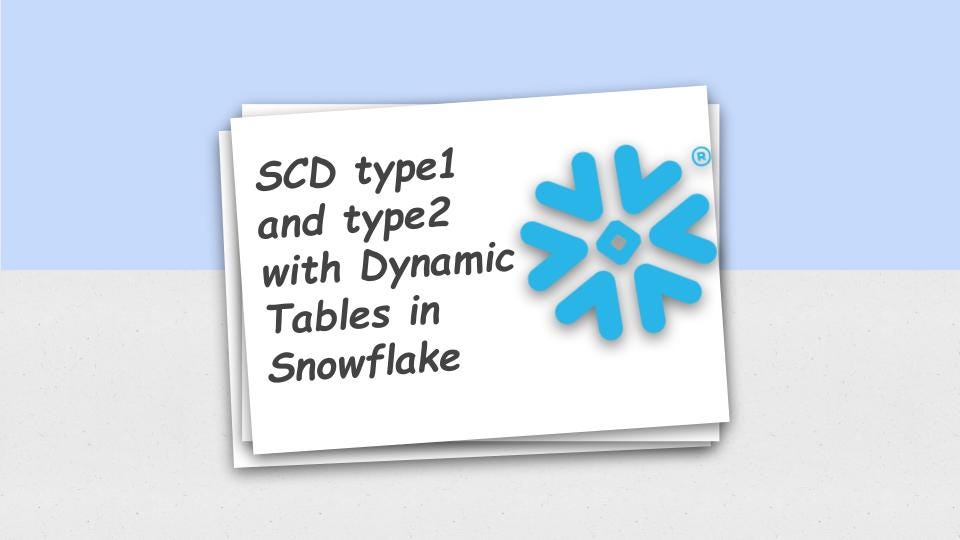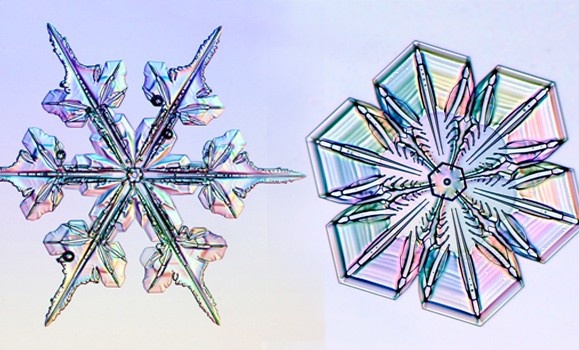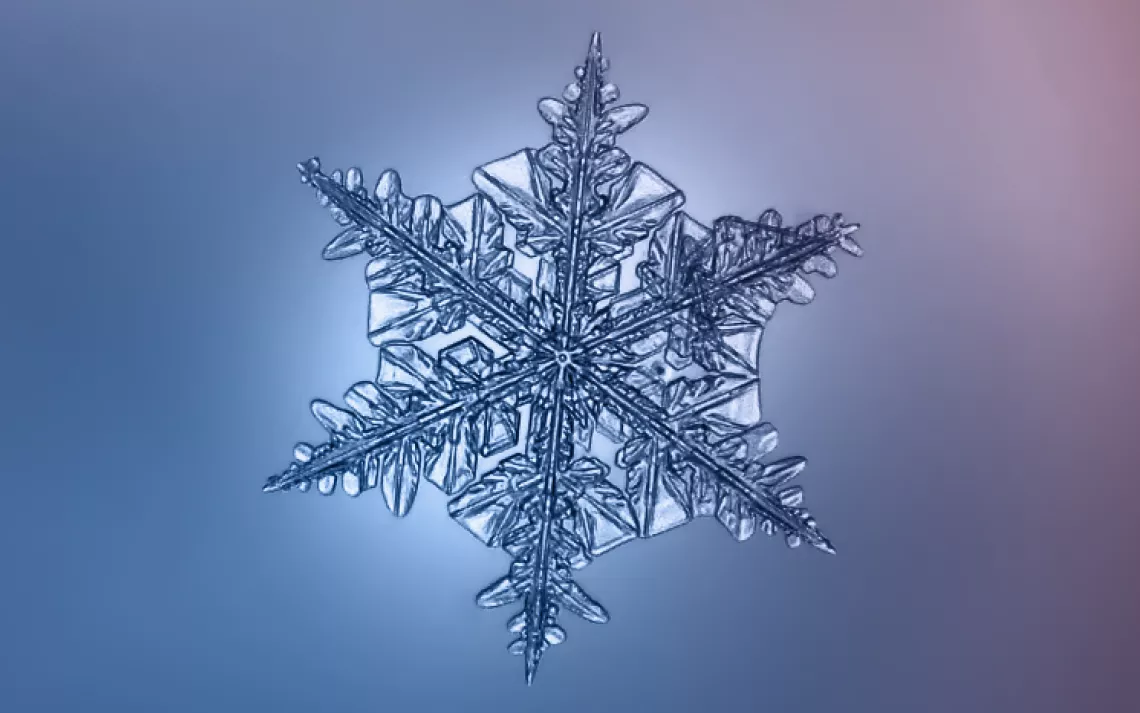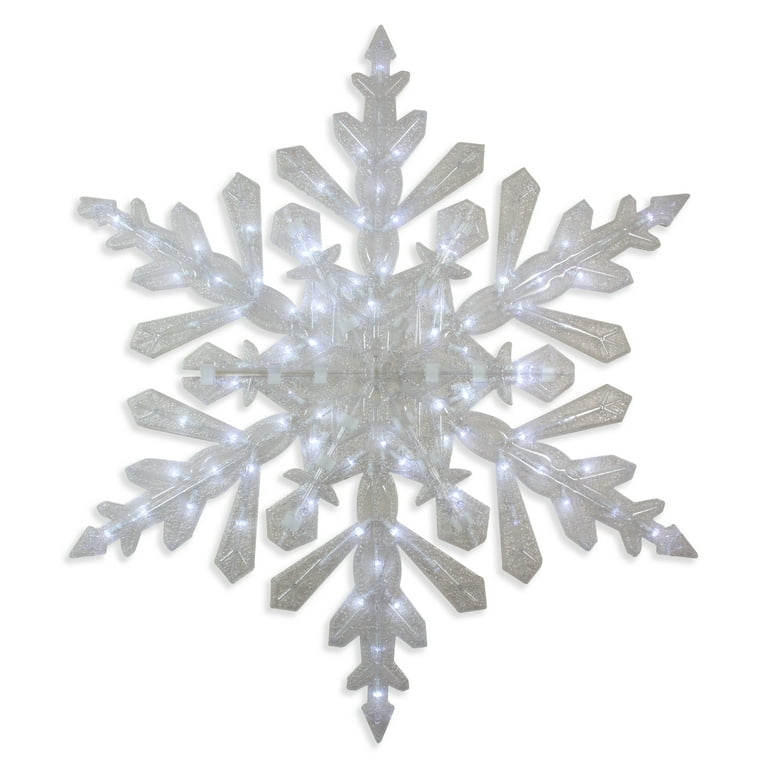
Snowflake 939, This snowflake is a great example of differe…
This snowflake is a great example of different growth patterns in the same crystal. But before we explore those details and the fun physics of water, a reminder that the latest coin I have designed for the Royal Canadian Mint is now available for pre-order: www.mint.ca/en/shop/coins/2023/dollar20-pure-silver-hexag - a pure silver hexagonal coin, a first for the mint, with a $20 face value. The mintage is limited, so be sure to pre-order one! Let’s start with the center of this crystal and find some hints about its past: the little dark circle in the very center is the remnant of a column. That helps identify the origin of the central hexagonal plate: it was the top plate of identically-growing plates on either side of the column, until the bottom started to grow faster and eventually evolved into branches. However, look even more closely at this center hexagon – do you see anything else? More evident on the right side, you can see a slightly lighter region with at least three 60-degree angles, forming an additional hexagonal shape ghostly within the footprint of the larger hexagon. If one plate grew branches, and the other stayed small… how can you explain this even-smaller hexagon somewhere in behind? The short answer is that you can’t explain it; there isn’t enough visual information. However, there are some possibilities. The most likely cause is some type of cascading growth, where the outer edge of a growing branch can split itself in two, creating new parallel plates. This would have had some impact on the outer branches and their formation, which we’re not seeing… so I can just shrug and say “it’s a mystery”. I like saying that – as there is no way to completely figure this one out. All of the branches have a lot of “ribs”, which is the term used to describe the grooves on the surface. All the dark lines are contours that depict shifts in the topography of the snowflake – they are not flat! These details would often be completely invisible if you were shining light through the crystal from behind; they only become pronounced with reflected light bouncing off the surface, like glare off a window. The outer portion of the branches changed from a thick / bulky growth to finally generate side-branches. This happens when the environmental variables change, usually a bump in humidity will cause this to happen. Because this was near the end of the growth of the snowflake, one can assume the crystal had begun to fall through a lower layer of the cloud that allowed for this. It’s common to see a shift in the growth behaviour of snowflakes right at the tips for this reason – even when they begin to fall, they continue to grow and change. Furthermore, they begin to sublimate before they hit the ground, already fading back into this air. Be sure to take a look at the new coin, if you haven’t already: www.mint.ca/en/shop/coins/2023/dollar20-pure-silver-hexag

Is it true that no two snowflakes are identical? Office for Science and Society - McGill University

Don Komarechka Photography

Cute White Snowflake Torn Paper Cut Border PNG Images
What is the shape of snowflakes? - Quora

Lightweight batch streaming Meetup RSVPs to Snowflake with GCP Pub/Sub, by Felipe Hoffa

Who Ever Said No Two Snowflakes Were Alike? - The New York Times

Snowflakes Collection Isolated On Transparent Background Black

PDF) Snowflake Logarithmic Metrics for Face Recognition in the

SCD Type 1,2 with Dynamic tables in Snowflake ❄️, by DataGeeks, Dec, 2023

Dr. Snow on why no two snowflakes are alike - Dal News - Dalhousie University







